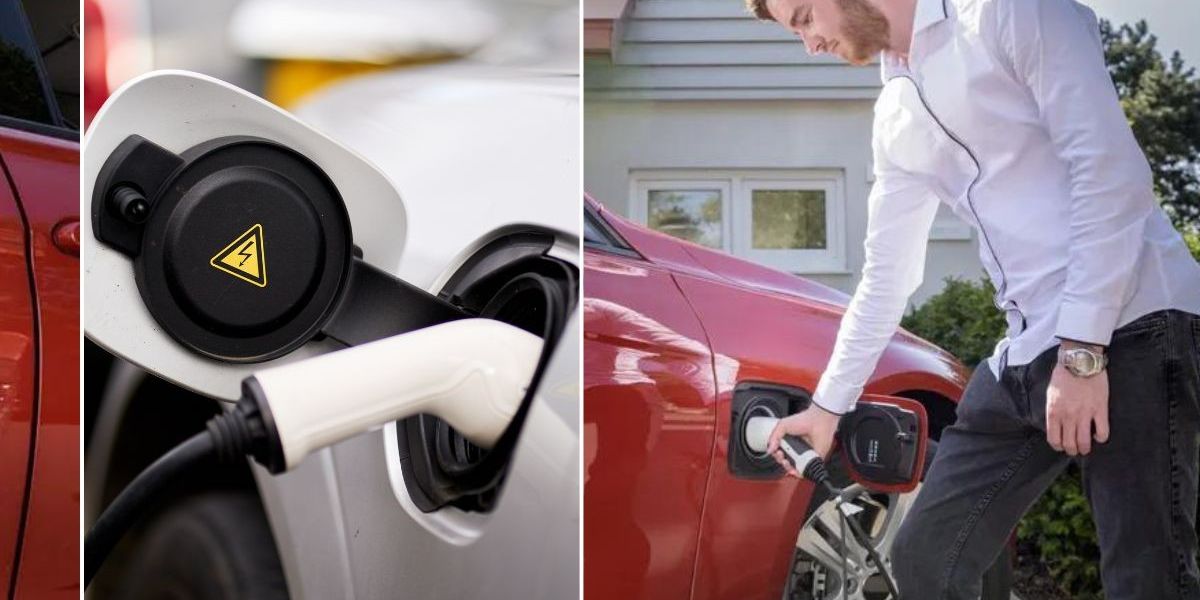



New research has found significant disparities between the advertised and actual driving distances for five leading electric vehicles.
Testing conducted by the Australian Automobile Association revealed that real-world performance fell short of laboratory claims by margins ranging from five to 23 per cent.
The BYD Atto3 extended range model demonstrated the most substantial shortfall, achieving only 369 kilometres compared to its advertised 480-kilometre capacity - a reduction of 23 per cent.
In contrast, the Smart #3 showed the smallest variance at just five per cent below its claimed range.

PA/GETTY
|The testing found that some vehicles underperformed and did not reach the expected battery range
Other vehicles examined included Tesla's Model 3, which delivered 14 per cent less distance than promised, while both the Tesla Model Y and Kia EV6 fell eight per cent short of their laboratory-tested ranges.
The findings emerged from a federally funded initiative designed to provide Australian consumers with more reliable vehicle performance data.
The testing programme employed a comprehensive 93-kilometre route encompassing urban, rural and motorway driving conditions around Geelong, Victoria.
Australia's methodology followed protocols derived from European standards to ensure consistency and reliability, The Guardian reported.
Michael Bradley, managing director of the AAA, stated that the Real World Testing Program had revealed that "consumers couldn't always rely on the laboratory tests as an indicator of real-world performance".
He added: "As more EVs enter our market, our testing will help consumers understand which new market entrants measure up on battery range."
The assessment forms part of a four-year government-backed scheme aimed at providing purchasers with more precise vehicle performance information.
Beyond measuring driving range, the programme also evaluated the electricity consumption required to operate each vehicle, offering a comprehensive picture of real-world electric vehicle efficiency.
Despite the performance gaps, electric vehicle industry representatives maintain that the findings should actually reassure potential buyers.
Aman Gaur, head of legal, policy and advocacy at the Electric Vehicle Council, argued the results should "give confidence that EVs have more than enough range for everyday Australians".
He highlighted that typical Australian motorists travel just 33 kilometres daily, meaning "an EV with a range of 350km can be driven for more than 10 days before needing to be recharged".
Gaur acknowledged that real-world conditions introduce numerous variables absent from laboratory testing, including traffic flows, hills, rough roads, weather, extra passengers or luggage weight.

SMART
|The Smart #3 had the most accurate range of the electric vehicles tested by the AAA
John Kananghinis from LSH Auto, Smart's Australian distributor, praised his brand's minimal five per cent variance as "a testament to the leading battery and overall EV technology that underpins the Smart brand".
He thanked the AAA for the practical tests, saying they give drivers a real-world view of the electric vehicles, which should dispel any further fears.
The electric vehicle findings follow earlier AAA research examining 114 conventional vehicles, which revealed that 77 per cent consumed more fuel than manufacturers claimed.
Additionally, one in five vehicles exceeded their advertised emissions levels when tested outside laboratory conditions.
